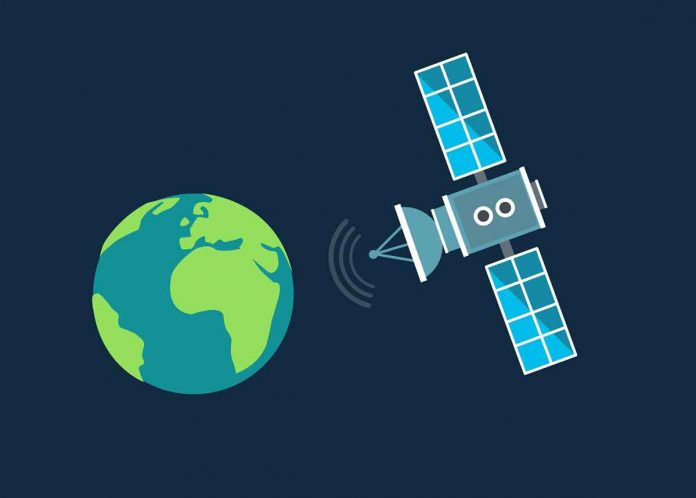SpaceX has been launching an increasing number of internet satellites into orbit around Earth, since 2019. The satellite constellation is named Starlink. It includes 1,800 members orbiting at altitudes of about 550 kilometres. Astronomers have expressed concerns that that these objects can hamper their scientific observations because it appears as streaks in telescope images.
A team of scientists have quantified these effects. They have examined archival images captured by the National Science Foundation (NSF) and Zwicky Transient Facility (ZTF). It is an instrument that operates from Caltech’s Palomar Observatory near San Diego.
ZTF scans the whole night sky every two days. It catalogues cosmic objects that explode, blink and change over time. It has everything from supernovae to near-Earth asteroids. The Zwicky team members decided to study the effects of Starlink satellites. Because they represent the largest low-Earth orbit constellation.
The findings showed 5,301 satellite streaks appear in archival images. These images were taken between November 2019 and September 2021. The streaks are apparent in twilight observations as these are taken at dawn or dusk. These are also important for finding near-Earth asteroids which appear close to the sun in the sky. ZTF has discovered several asteroids like this, including 2020 AV2. This is the first asteroid spotted with an orbit that fits entirely within the orbit of Venus.
Scientists think that nearly all of the ZTF images taken during twilight will have at least one streak. It will happen after the Starlink constellation reaches 10,000 satellites. This is a goal SpaceX hopes to reach by 2027.
But despite of the increase in image streaks, the ZTF science operations was not strongly affected. Scientists have showed a single streak affects less than one-tenth of a percent of the pixels in a ZTF image.
Scientists said that software can be developed to help mitigate potential problems. Software can predict the locations of the Starlink satellites. It can help astronomers to avoid scheduling an observation when one might be in the field of view. Software can also tell whether a passing satellite may have affected an astronomical observation. This will allow astronomers to mask or otherwise reduce the negative effects of the streaks.
The new study also examined at the effectiveness of visors on the Starlink satellites. These SpaceX added in the beginning of 2020 to block sunlight from reaching the spacecraft. The visors reduce the satellite brightness by a factor of about five, according to the ZTF observations. That dims the satellites down to an apparent brightness level of 6.8 magnitude.
This is still not dim enough to meet standards outlined by the Satellite Constellations 1 workshop in 2020. This is a gathering sponsored by National Optical-Infrared Astronomy Research Laboratory and American Astronomical Society to bring together astronomers and policymakers to discuss the impact of large satellite constellations on astronomy and society.

